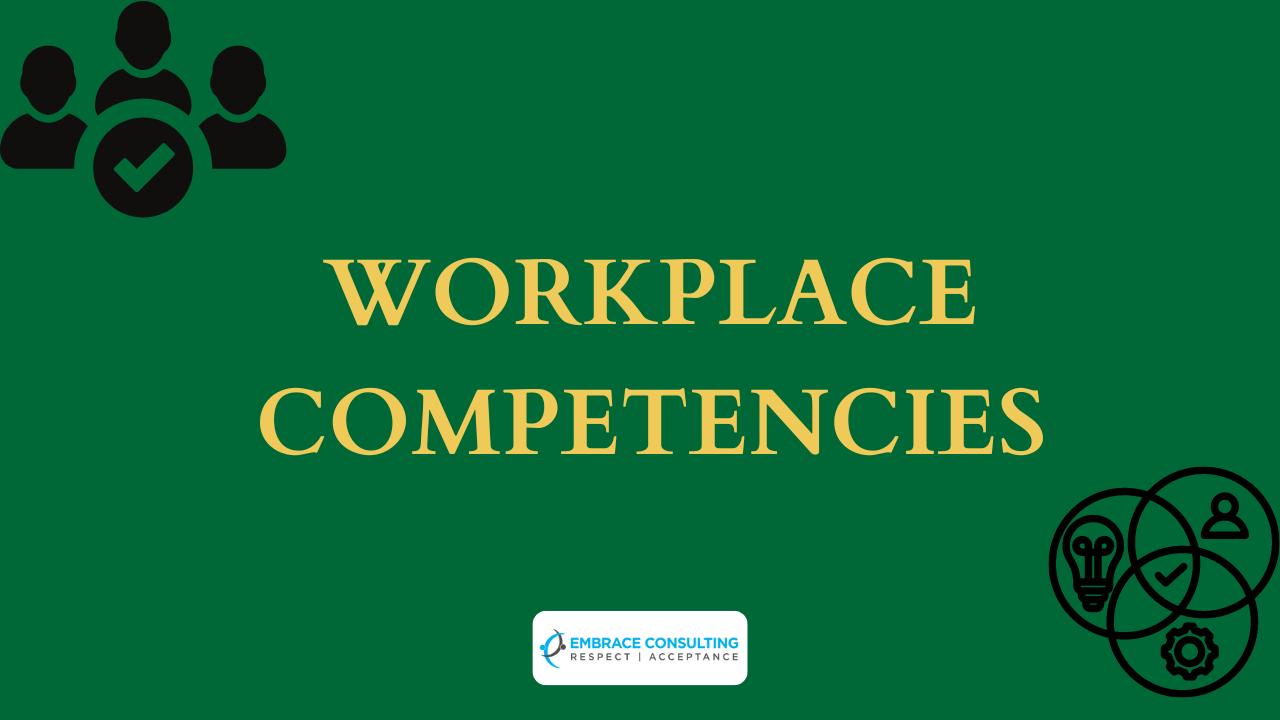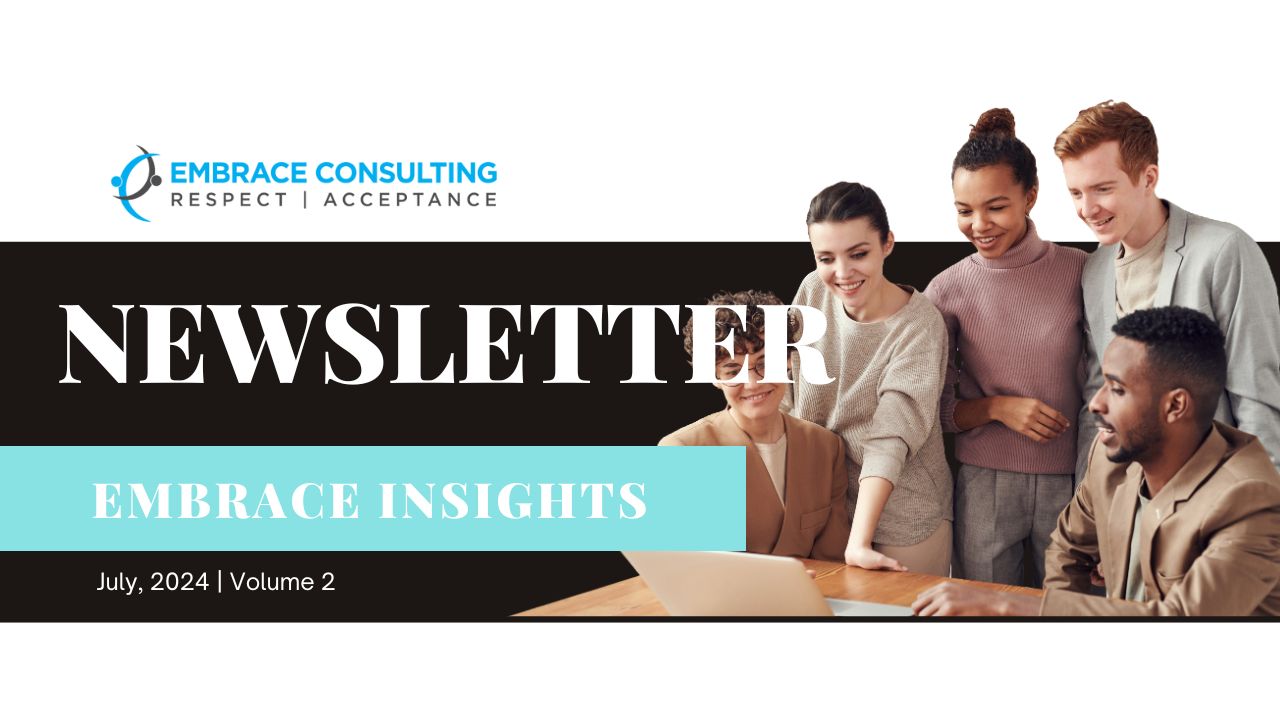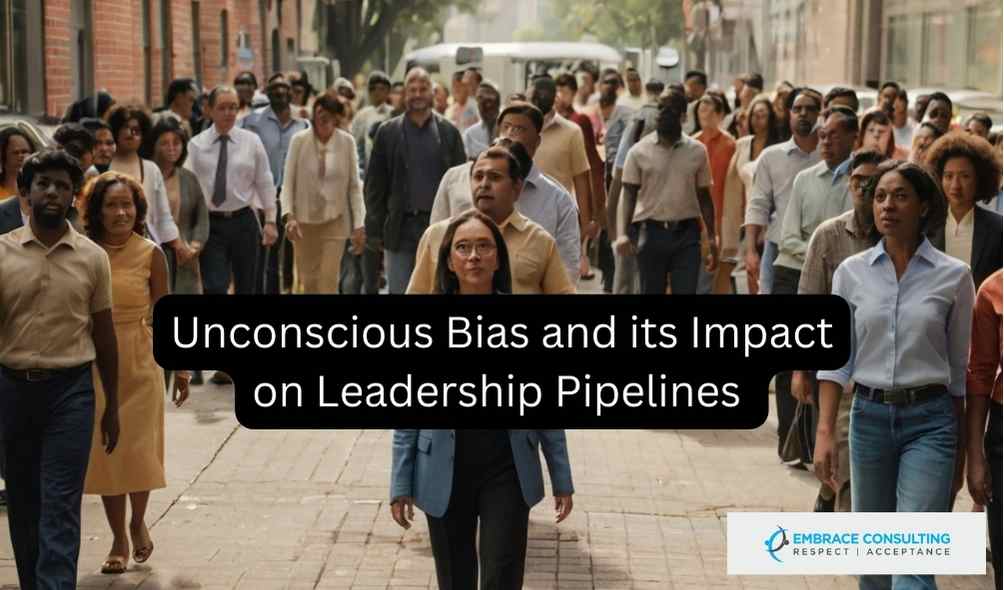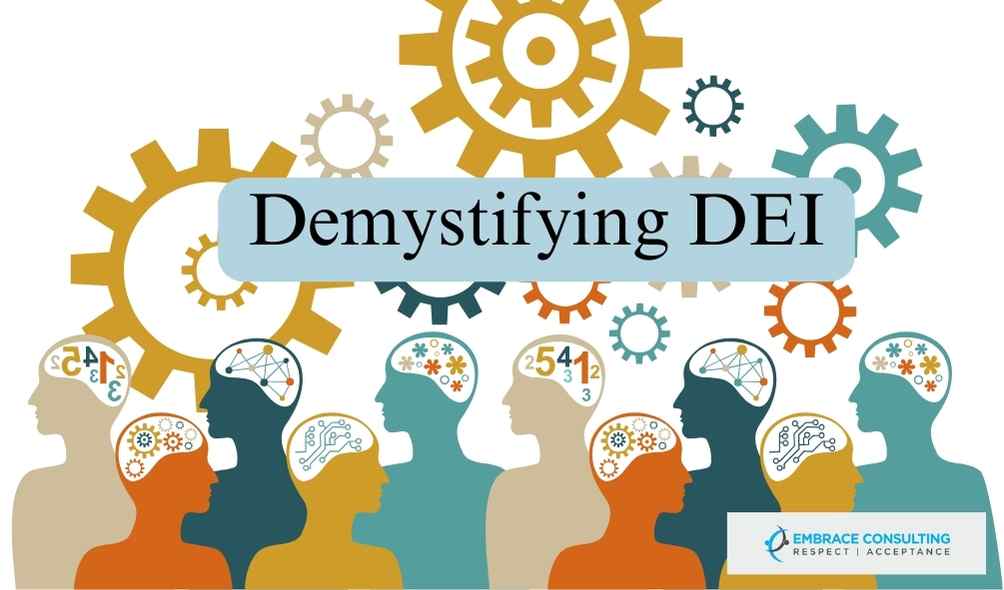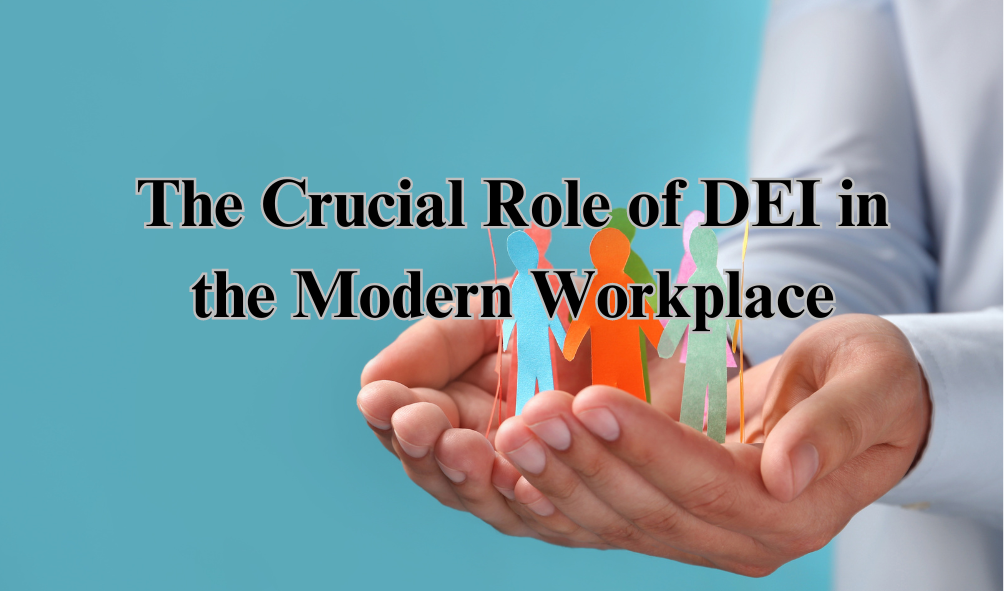Workplace competency is a description of a skill, attribute, or behavior that is required for a certain job in order to characterize and evaluate a person’s performance. The framework of competencies consists of a variety of job responsibilities and the necessary skills that the job holder must have or learn in order to carry out his duties successfully. Large organizations are especially fond of workplace competencies, which aim to offer a fair and uniform approach to employee engagement and development. Small organizations can focus on operational performance and fundamental management.
It is important to understand why workplace competencies are important in today’s organizations. The alignment of an organization’s strategic goals and employee competencies is improved via competency development. This improves the organization’s ability to compete and increases its resilience to the future.
Workplace competencies help employees grasp exactly what is expected of them in terms of performance. They are quite explicit about what actions are valued, acknowledged, and rewarded. The focus is shifted away from formal qualifications and professional experience and towards demonstrable competence to perform the job, as demonstrated by documented work experience or tests designed to determine a person’s talents directly connected to the job. Each competency is made up of information, skills, personal qualities, or occasionally even a combination of these. Let’s talk more about the difficulties, the assessment process, and suggestions for improving workplace competencies.
Challenges:
Organizations today, regardless of industry, face formidable obstacles which are as follows:
- While top talent continues to be difficult to keep, skilled expertise is in high demand.
- There is complexity of five-generation workforces and the differences between each generation are difficult for organizations to comprehend.
- Decisions and actions relating to talent are starting to be much more heavily influenced by predictive HR analytics.
- Automation is essential to effective enterprise-wide employment initiatives, and employees want to participate in a holistic work experience, which necessitates a clear understanding of both required and available employee potential.
Learning and development are crucial components of boosting employee competence because they provide a highly competent and adaptable workforce that can change with shifting business objectives.
Assessing competence
The most accurate assessments of competencies will incorporate some of these strategies. Competence can be assessed in a variety of ways. These consist of:
- Annual evaluation
Organizations as a whole should be integrated with an agreed-upon assessment system. The results of an assessment should not be a surprise to the employee; instead, they should serve as a review of their performance over the past 12 months. For example, acknowledging employees who have been coming on time consistently, who maintained good communication with clients and team members, etc.
- A 360-degree feedback questionnaire
This should be done to learn more about how the person performs in the eyes of their bosses, customers, peers, and coworkers. These people should have the chance to speak openly about their interactions and experiences working with the questioned employee. For example, key competencies to measure in 360 degree assessment are authority, empowerment, communication, innovation, performance & accountability, respect, recognition, training, work process and strategic alignment.
- Key Performance Indicator (KPI) analysis
Choosing important goals for the employee to work towards is essential. Employers might then give specific examples of their triumphs and failures. Examples of this would be the number of grocery store checkout operators’ scans every hour or a human resources employee’s goal of maintaining absence levels below 3% per pay period. Customer satisfaction, employee retention, revenue expansion, and cost reductions are examples of common KPIs. Periodic measurements of KPIs, such as monthly, quarterly, or yearly ones, are common.
- Regular Meetings
Meetings with the manager in private on a regular basis. These gatherings ought to be used as a constructive tool for identifying and debating both good points and potential areas for improvement. These sessions should be recorded, and you will have the chance to point out any problems if you believe the employee needs to make improvements. For example, discussing on areas the employee could improve in terms of their timeline for work submission and areas that employee has been excelling in regards to their overall work performance.
Recommendations:
- For improved consistency and control, Organizations offer standardized and measurable processes, which is why they continue to be popular in some large, complicated organizations. The ability to understand their jobs, expectations, and how their individual performance relates to the performance of the company benefits employees.
- An equitable and open system of performance and development management is a competency framework.
- Competency frameworks must be revised frequently due to the fact that roles are always changing to accommodate shifting company needs.
Some managers feel that the method stifles people’s initiative and innovation while being bulky and unnecessarily complex. In reality, workplace competencies just describe the required performance and do not guarantee it.
Finally, the main asset for a company in gaining a competitive advantage is a competent workforce. ‘People capital’ is what powers an organization and creates value out of its available resources rather than land, buildings, or other resources. Employees are the best source for an organization’s competitive edge. Competitors can copy strategies, business models, products, and services, but skilled and qualified workers represent a long-lasting source of difference.

